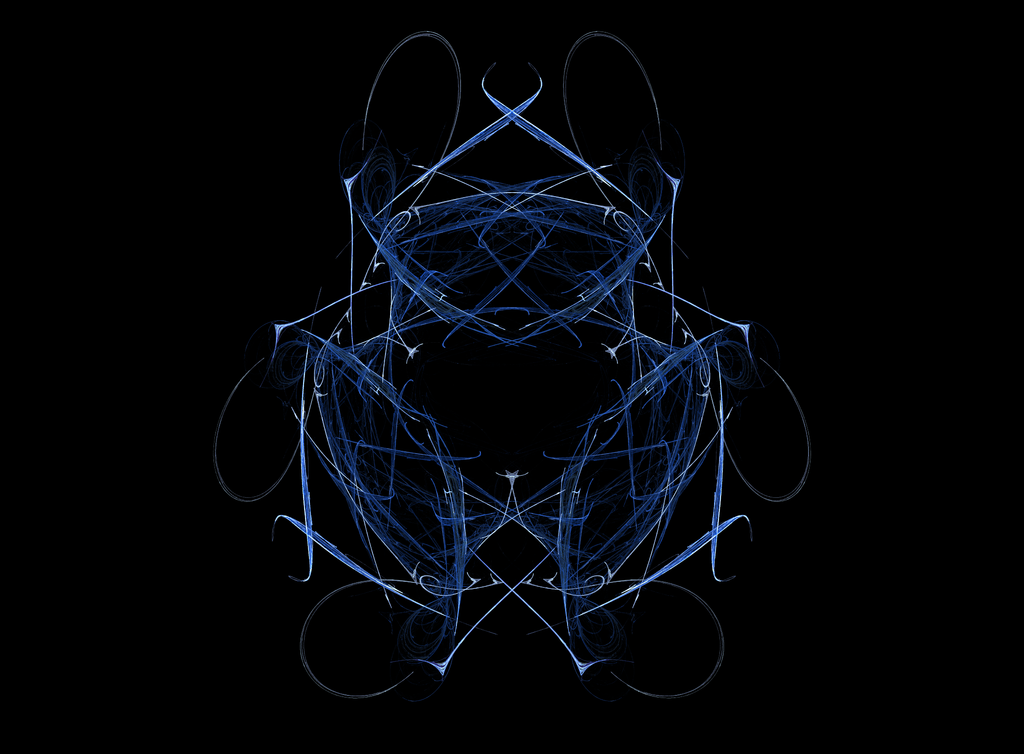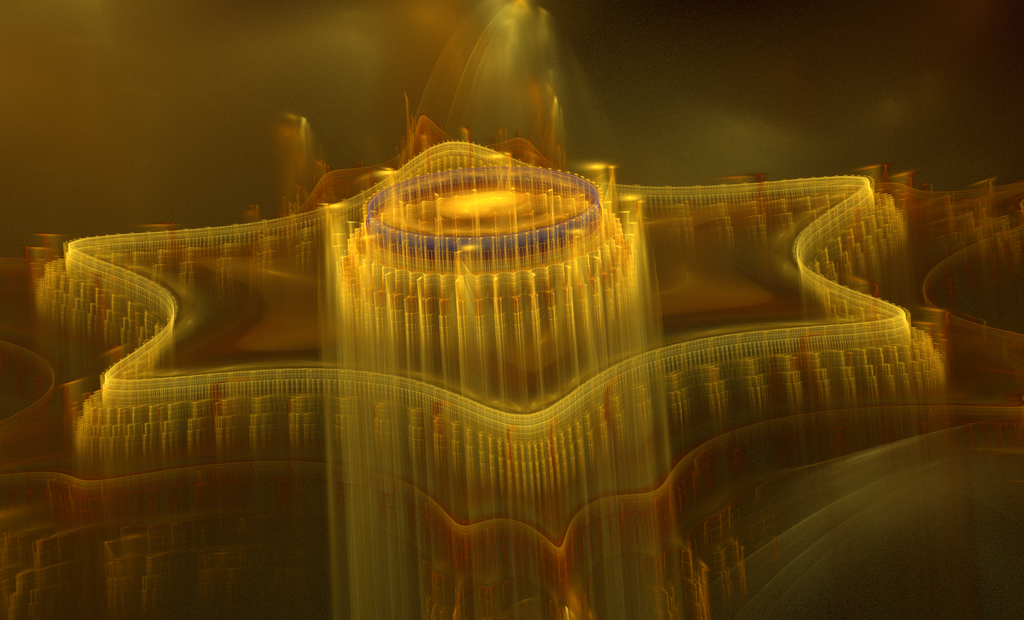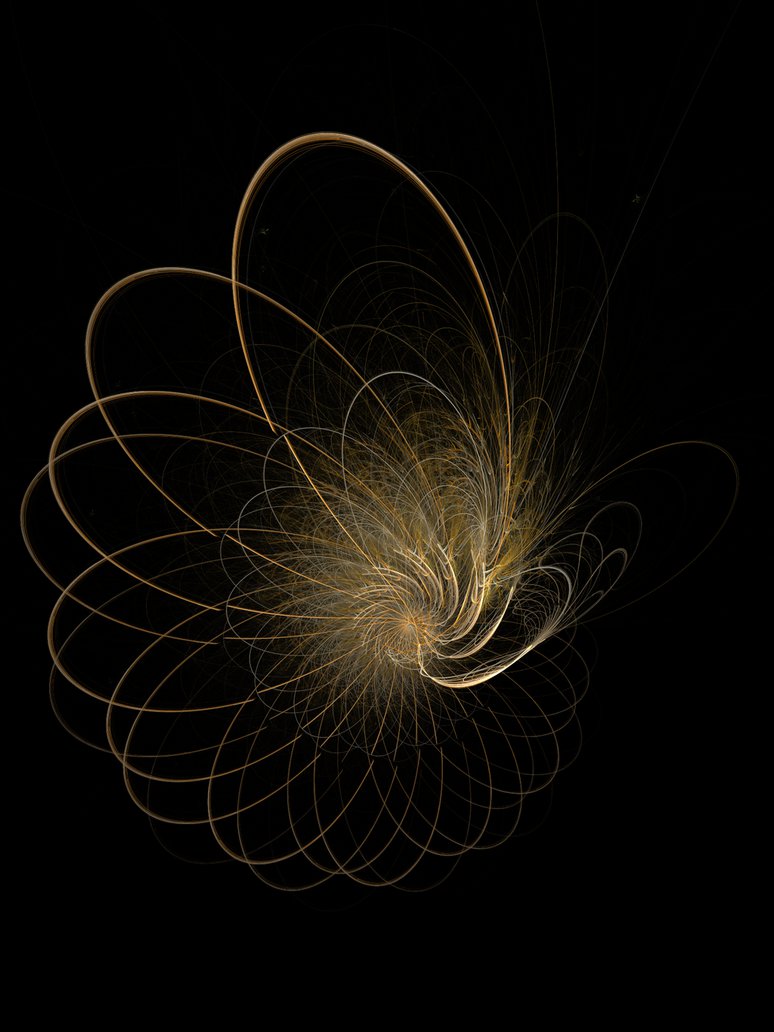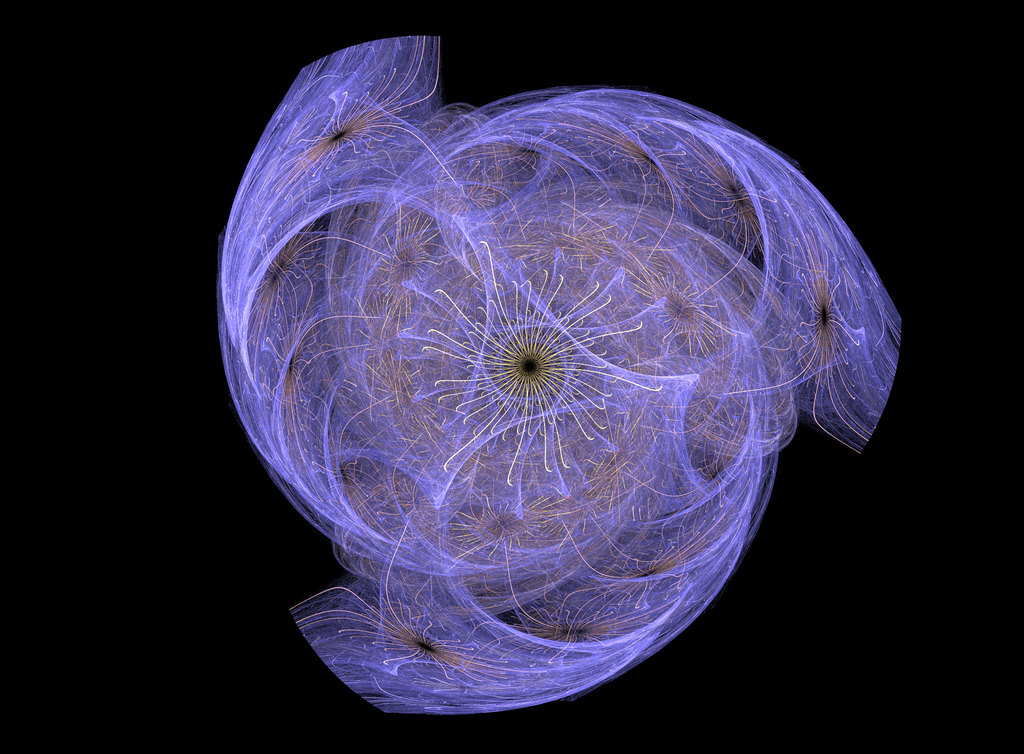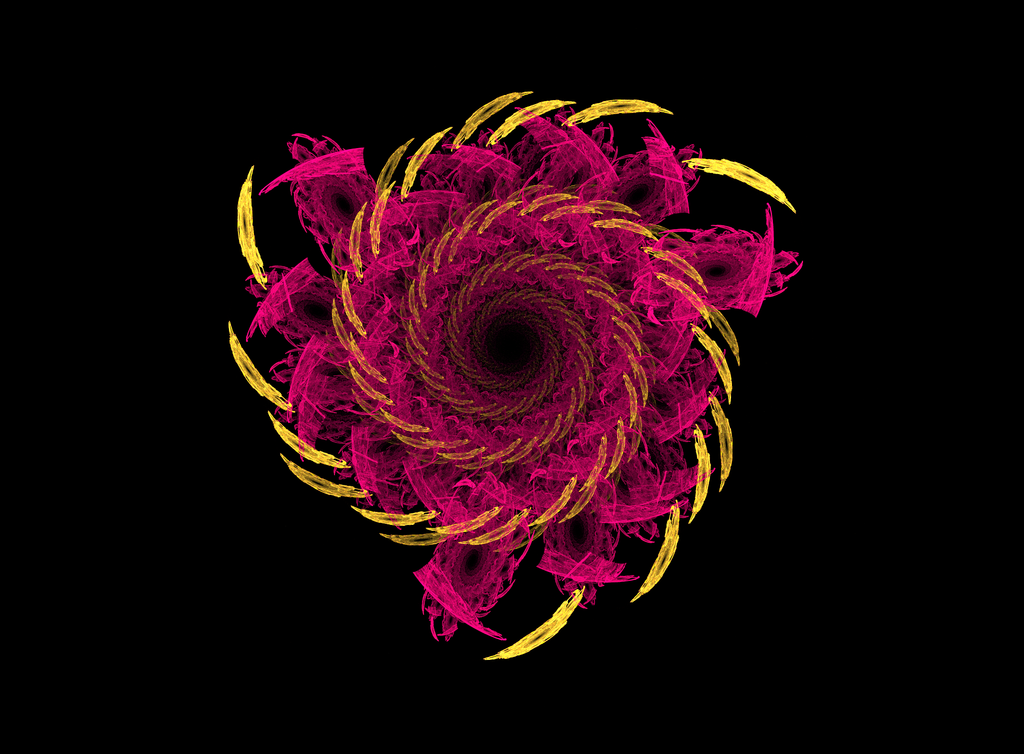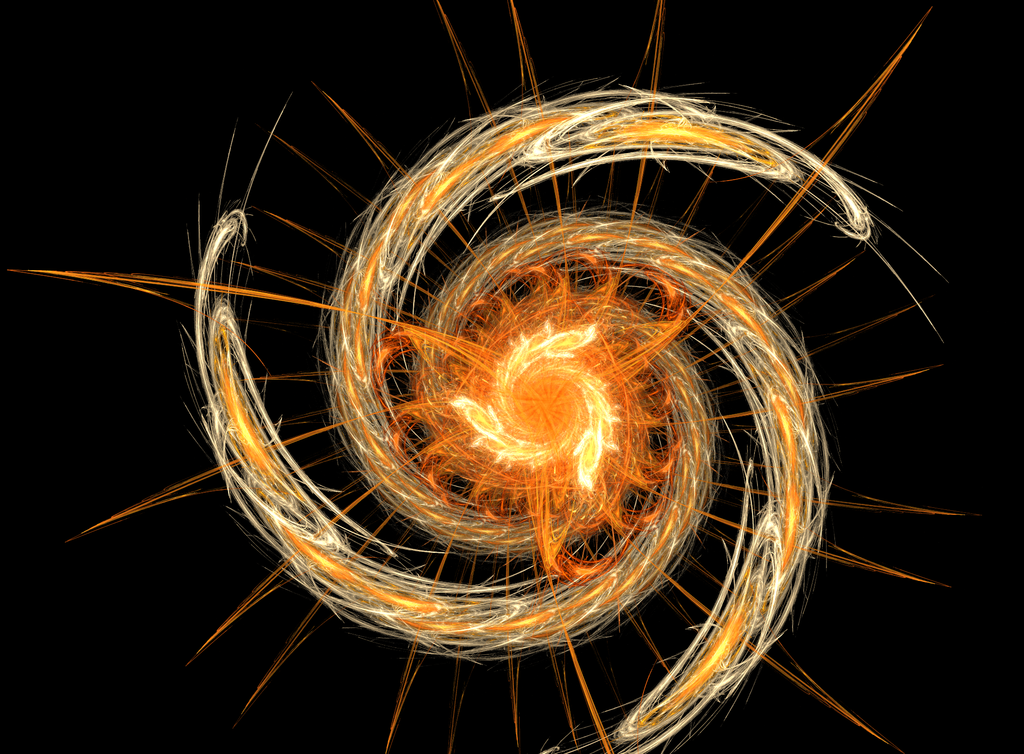Fractal of 85 – Art by Gennady Stolyarov II
 Fractal of 85 – by G. Stolyarov II
Fractal of 85 – by G. Stolyarov II
Note: Left-click on this image to get a full view of this digital work of fractal art.
This fractal was created by Gennady Stolyarov II as a present from one mathematician to another, based on 85-fold rotational symmetry for the 85th Birthday of his grandfather and namesake, Gennady Stolyarov I, on October 24, 2018. Notice how the rings can continue to stack along their orbit.
Gennady Stolyarov I, upon seeing the fractal, remarked that it illustrated to him that an entire lifetime is indeed long. However, in the view of Gennady Stolyarov II, it should be made even longer!
This digital artwork was created by Mr. Stolyarov in Apophysis, a free program that facilitates deliberate manipulation of randomly generated fractals into intelligible shapes.
This fractal is an extension of Mr. Stolyarov’s artistic style of Abstract Orderism, whose goal is the creation of abstract objects that are appealing by virtue of their geometric intricacy — a demonstration of the order that man can both discover in the universe and bring into existence through his own actions and applications of the laws of nature.
Fractal art is based on the idea of the spontaneous order – which is pivotal in economics, culture, and human civilization itself. Now, using computer technology, spontaneous orders can be harnessed in individual art works as well.
